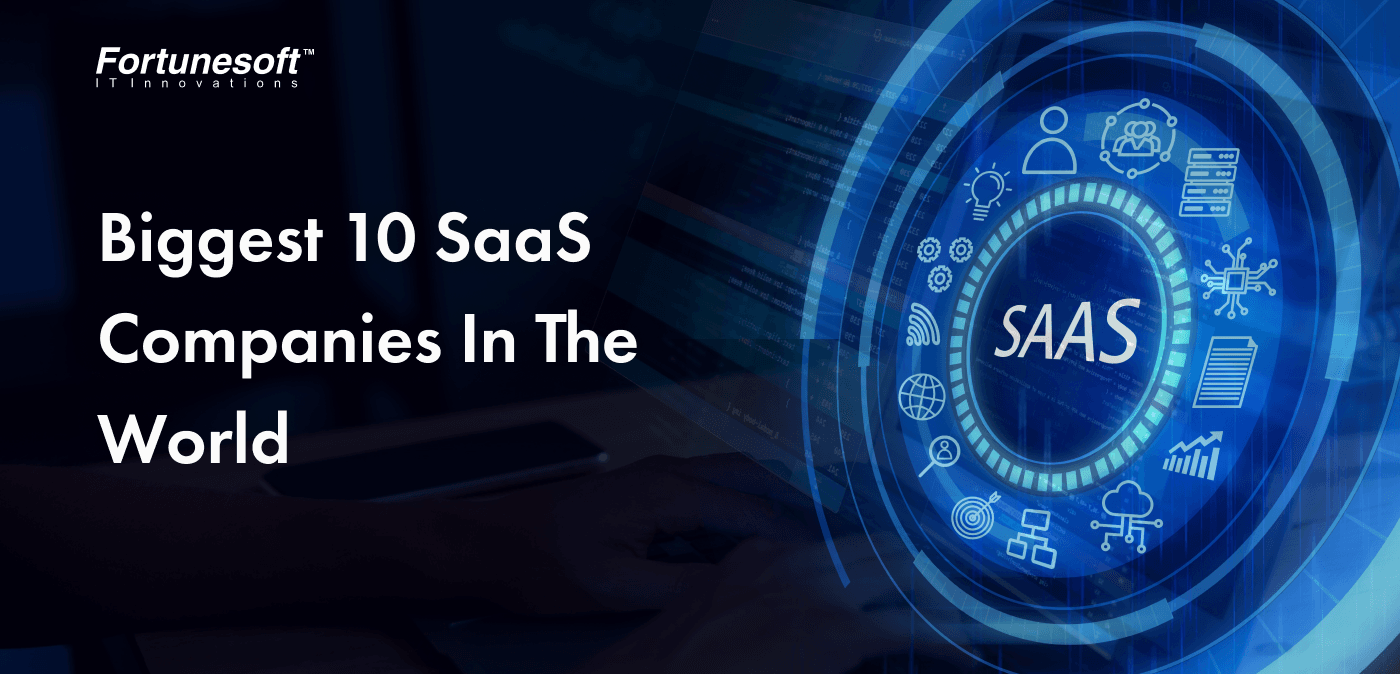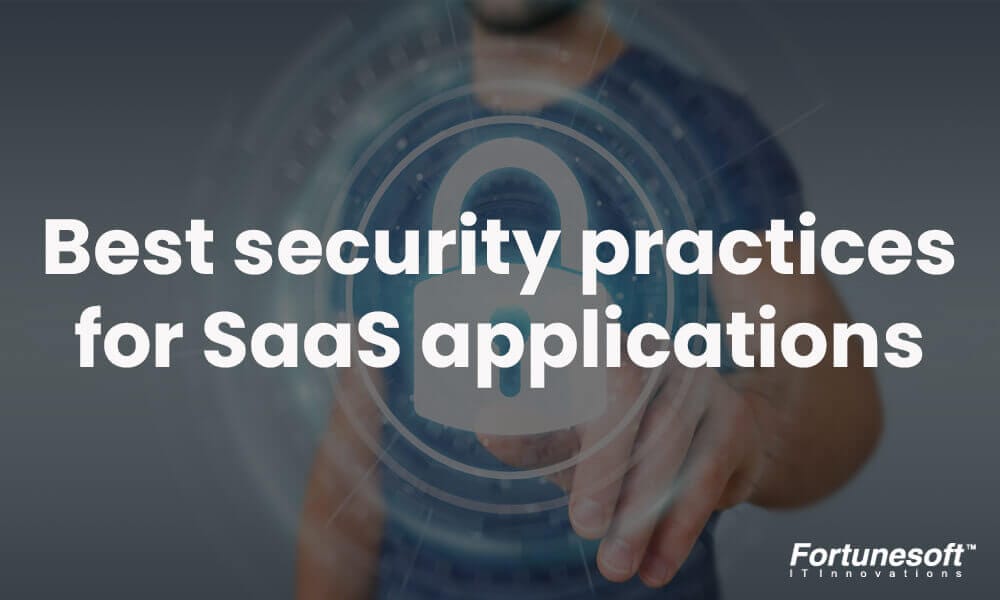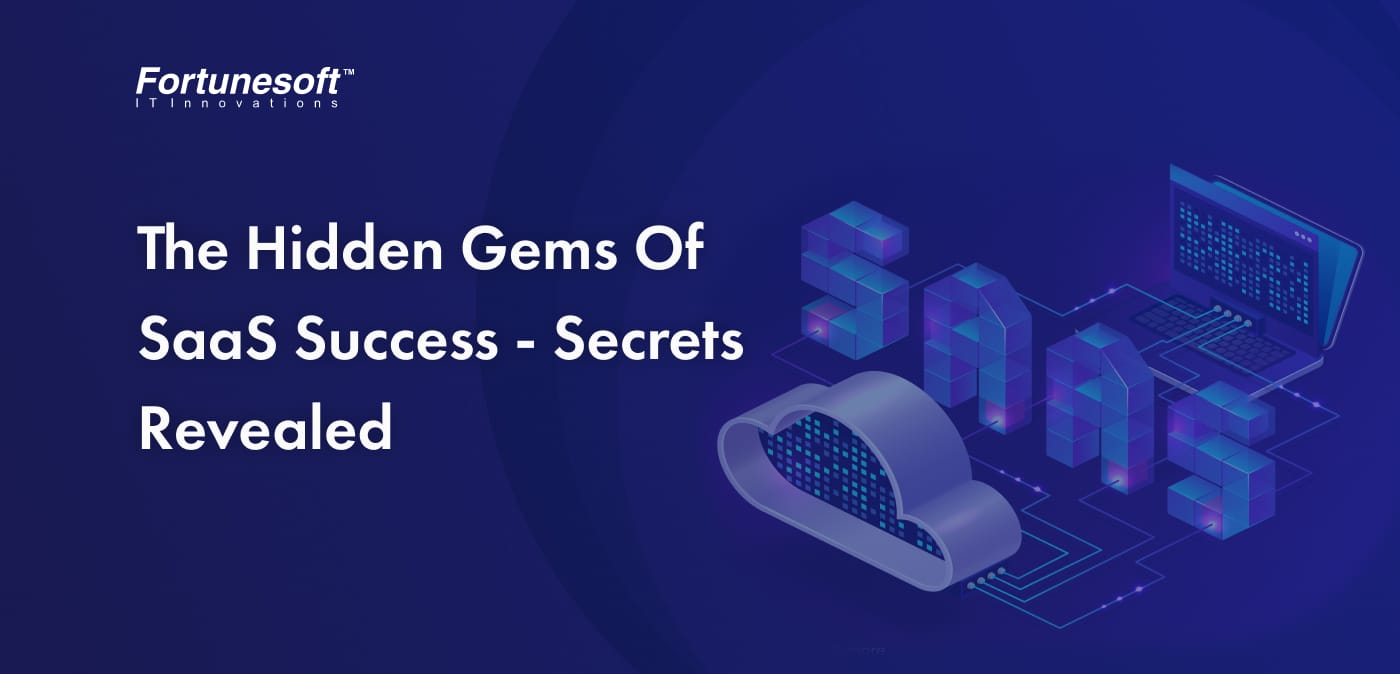 By Deepu George September 22, 2020
12 min read
By Deepu George September 22, 2020
12 min readMulti-tenant saas application- all you need to know about the architecture
Have you ever stayed in a residential complex? If yes, then you know that the complex has-
- Centralized security at the gate
- Individual power and water bills
A multi-tenant or multi-tenancy architecture is similar. It serves multiple customers through a centralized administration with a single instance of the software and database. The data with every tenant is isolated and invisible from the other.
The statistics by Gartner for cloud application services (SaaS) predicts a whopping increase of $143.7 billion by 2022. The graph below projects the increasing adoption and market size of the cloud.
1.1 Cloud Application Service (SaaS) revenue forecast
As shown above, SaaS has gained a lot of traction in the software industry and will continue to grow.
This blog aims to give you a clear picture of why enterprises have switched to multi tenant SaaS architecture and the best practices that should be followed. This blog is for you if you are looking to migrate your current SaaS architecture to multi-tenant or planning to build a SaaS multi-tenant app from scratch.
You can also consult a leading SaaS application development company if you are planning for a SaaS multi-tenant application and looking to leverage its benefits. In this blog you will come across:
- Why choose multi-tenant for SaaS?
- Best practices for multi tenant SaaS applications
- Cons of SaaS multi-tenant architecture
Let us take a closer look by diving in depth.
Why choose multi-tenant architecture for SaaS?
There are multiple reasons to select multi-tenant architecture over single-tenancy for your SaaS applications.
Increased return on investment
For a long interval of time, multi-tenant architecture helps in reducing the overall investment cost.
In the single-tenant architecture, every individual has his own code, database, and associated infrastructure, unlike multi-tenant. Therefore employing multi-tenant architecture is much cheaper as the resources, databases, and applications are shared with other tenants. This further drops the cost of development and maintenance.
Another reason to choose multi-tenant is the elimination of extra cost while adding a new tenant from the vendor’s side, thus a reduction in the tenant’s investment cost.
Optimal performance
Are you aware of why multi tenant SaaS architecture is high-performant?
Thanks to the sharing capability of the different attributes of the technology stack in the multi-tenant cloud architecture that provides world-class speed, efficiency, and authenticity.
A multi-tenant vendor accords the developer simultaneously with the instance of the shared code, technology stack, and database. Therefore, the vendor, whenever required, can easily optimize the speed, the response time of the whole system, and modernize the tech stack.
The shareability feature of multi tenant cloud architecture brings a lot of benefits to it. But with increased shareability, threats increase.
Optimized maintenance
As stated earlier, shareability plays a major role in the popularity of multi-tenant architecture. Due to the sharing of the resources among the tenants:
- The data structure isn’t modified.
- The technology stack is updated easily.
- The modifications are done from a single centralized point.
- The updates are immediately available to all the tenants.
These benefits lead to a reduced cost in maintenance in every event.
Convenient tenant onboarding
You have a number of visitors for your SaaS application but failing to convert them into paying customers. Wanna know why?
Bad user-experience.
Yes! You as a business strive hard to attract potential customers and ask for utilizing your products. But a bad onboarding can change their perspective about your product, and irrespective of the value you have promised to provide them, they simply give up and leave.
Therefore, streamlining the entire onboarding process is essential. You have to take care of the design, customer touchpoints during onboarding, their needs, and the speed you are organizing your onboarding process with.
Your multi-tenant SaaS app should be able to:
- Allow users for a self-signup.
- Automated configuration of the subdomain/domain
- Setting up of default data
- Allowing users to configure the app without any hassle
Highly scalable
The whole process escalates when there is an integration of new hardware into the SaaS multi-tenant. This offers more scalability to both existing and new tenants.
Many times, it is easy and quick to employ additional hardware in the existing resources of the technology stack running.
Unlike a single-tenant architecture, there is no need to create a unique data center for every new tenant in the multi-tenancy as tenants access one common infrastructure.
Multi-layered security
The multi-tenant architecture is vulnerable to attacks due to its shareability feature. Multi-tenant architectures have come a long way with multiple optimizations and updates that help in integrating top-notch security practices to get rid of vulnerabilities.
The security standards for a multi-tenancy architecture is the same for the past, existing, and future customers as all the customers access the same application.
Highly efficient
If you wish to acquire the next-generation high speed and reliability, then SaaS multi-tenant architecture is all that you need!
You can achieve a maximized speed, utilization, and response time due to its shareability feature as the entire code elements in the tech stack and database are shared.
There is no need for an extra server capacity to be added as the overall system is optimized for every individual.
Maximized use of resources
A noticeable benefit of using multi-tenant architecture for SaaS apps is its capability to maximize resource usage.
Maintenance optimization and automated utilization are a result due to the accessing of the shared infrastructure and resources.
Also, if a customer isn’t using any resource, it is immediately assigned to another tenant.
Ongoing cost-cutting
With multi-tenancy:
- The upgrades are in high speed
- Saves a lot of time and cost
- The requirement for a cloud/server is minimal
Multi-tenancy provides various opportunities to save money and this saving increases with the scaling up of the application. This further results in a significant reduction in cost for the vendor and to the customers.
Highly customizable
Provisions of an additional layer for customization are possible with multi tenant application architecture while maintaining the underlying codebase. This remains constant for each user, including all the new customers.
Easy upgrades
The vendors are required to update a single, centralized codebase against updating every instance as in single-tenancy. These upgrades are available to users immediately.
Also, a multi-tenant application architecture simplifies the process by quickly spinning up a new cloud and application on behalf of a new customer.
High availability and disaster recovery
Enterprise applications are always designed for fault tolerance. But SaaS applications need special attention for high availability. This can be achieved by using multiple zones of application. During a failure, consumers can immediately switch to other zones. Also, disaster recovery is essential. There are multiple cloud providers offering continuous data protection for recovery point objectives and recovery time objective through automation.
Best practices for multi-tenant SaaS applications
Let’s check out the comprehensive list of best practices one should follow while developing SaaS web and mobile applications.
Self-service SaaS applications
It will be highly convenient for your customers if they can use your application easily and leverage the benefits of your service without any help.
While developing a SaaS multi tenant application architecture, don’t force a lot of admin or support team to the user. Imagine, you have a product in your hand and you can’t even register without the help of the admin or support team. Isn’t that frustrating?
Allow the user to simply register and use the service immediately. If you fail to provide self-service to the customer, you will see your potential customer leaving.
Customers are highly impatient and a lengthy process will add to their frustration. Therefore, a self-service SaaS application will do wonders.
Personalized experience with SaaS applications
Your customers should be able to personalize every aspect of their experience without any help from the support team or admin.
Your customers should be allowed to make all the decisions related to the intended use of the app. Providing personalization within a few clicks on the SaaS app provides a customer with the facility to change the look and feel of the application as per his/her preference.
SaaS applications should be flexible
Multi tenant SaaS applications are designed to serve more than one customer.
Depending on the target customer and industry, your SaaS app is developed to serve maybe thousands of customers today, but, initially, this number will increase.
Therefore, your SaaS app should be flexible enough to accommodate such expansion smoothly.
Due to the benefits of using multi-tenancy, even after the application is expanded, the application will be easily maintained and economical.
Highly capable to integrate
Keeping in mind the future usage of your multi tenant SaaS app, you should develop your application that can accommodate other applications through seamless integration. Since your application won’t be the only application to use, give your users the bliss to have other SaaS and on-premise applications that will be integrated with your SaaS app.
SaaS applications should be highly operational
Your SaaS application should be able to provide scalable performance. It should have enough potential to serve tenants of all sizes. Also, your SaaS multi-tenant app should have rendering and data querying abilities.
Secure and compliant with industry standards and regulations
You are definitely aware that you are responsible for the security practices for your SaaS application and any hardware associated with it. Since multi-tenancy involves multiple users sharing the same code and infrastructure, it is essential to segregate the data to maintain the privacy of the tenants. It will be great if you provide access rights to a select number of people rather than everyone.
Monitoring and maintaining SaaS applications
With maintenance, consumers will have access to an entire IT team. They will need help to maintain the app. But, with SaaS, maintenance is the developer’s responsibility and therefore, should be continuously monitored.
While monitoring, you may look for applications back up during downtime or maybe looking for some issues in the performance that could possibly hamper the user experience. Therefore, using tools to monitor and maintain SaaS applications should be easier and efficiently solved within time.
Pay attention to the design of the SaaS application
You should be able to distinguish between the tenants as your SaaS multi-tenancy app is designed for multiple tenants. If you fail to do so, there is a risk of wrong information exchange. To avoid this, you can assign each tenant with a unique tenant ID at both the application and database level. Your application must have the potential to accommodate the flexible use of schemas. You can consult a SaaS application development company for your requirements.
Achieve application scalability
Improve your multi-tenant SaaS app scalability by moving it to a more spacious and powerful server. Another way to help your SaaS app handle heavy load is by adding identical servers.
One of the challenges with SaaS-based applications is scaling the application. After a certain period, the number of tenants will increase. With the increase in the number of tenants, the data also increases. Therefore, to manage the increasing number of tenants and pace up with the data growth and query performance, it is good practice to add more nodes.
But, what about the decreasing tenants in your SaaS application? You definitely don’t want to keep an oversized cluster. With the SaaS model, you need to resize the clusters immediately with minimized downtime. This is possible with elastic resizing where the challenge of resizing a cluster as per demand was fulfilled within a few minutes.
Resizing can be automated as well through Elastic Resize Scheduling. With automation, node provision during peak time and reduction during off-hours become seamless. Another advantage of using Elastic Resize Scheduling is the elimination of overprovision of your cluster during a new solution launch.
Database scalability
In cloud multi tenant architecture, the question that always bothers us- How can the database be scaled during the spike in the data load?
As compared to the on-premise environment, scaling in a cloud environment is a bit easy. The scaling depends on your workload that is based on the fluctuating performance.
Database scaling for data-intensive SaaS applications and at the same time meeting the Service Level Agreement (SLA) during a spike in the load is one of the major challenges that businesses need to urgently deal with. The overall application performance depends on the number of database calls and trips to cater to user requests.
The core strength of a cloud multi-tenant architecture is addressing these issues by dynamically scaling the database in or out.
Your database should be scalable to accommodate the increased data in your SaaS application. The data increases due to an increase in the number of users and increased transactions.
Cons of SaaS multi-tenant architecture
Undoubtedly, multi-tenant architecture has a lot of benefits. But depending on our business requirements, it is not necessary that it will suit us perfectly.
Complexity
The process becomes complex additionally due to the logic used to separate the data between tenants.
Longer downtime
Though multi tenant SaaS applications have 99% seamless availability, there is a 1% chance that the customers may face availability issues due to the accommodation of large databases resulting in software and hardware downtime.
Uniform performance
As multi-tenant depend on shareability, every tenant is given the same power and the same resources. Yes! There is a possibility to optimize the performance of your overall SaaS app but setting individually isn’t feasible and possible. If a situation is where two clients from different scales are using the SaaS Multi-tenant app, then you may scale it to the one with the highest requirements.
Conclusion
Multi-tenant SaaS is used for accelerated file transfers of various sizes anywhere. The long-term benefits of Saas multi-tenant offer excellent data capacity and fab opportunities for your business to grow. It’s cheaper, easy to maintain, quick upgrades, and efficient resource utilization features make it a perfect choice for the scaling and ever-changing requirements of your enterprise. What more? It is secure, flexible, and efficient! Get your multi-tenant SaaS app today.
Author Bio


 Facebook
Facebook Whatsapp
Whatsapp LinkedIn
LinkedIn Pinterest
Pinterest







 Start Chat
Start Chat